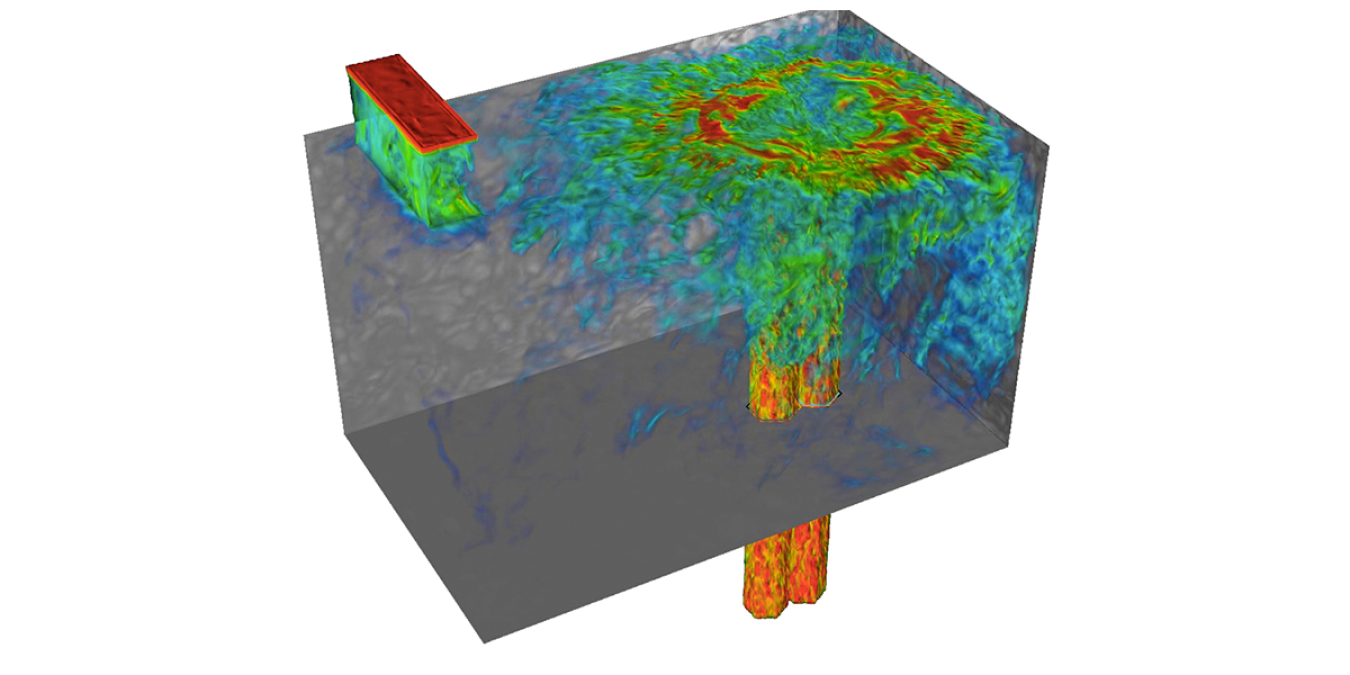Dr. Rita Baranwal explains why a recent agreement between DOE and the NRC will lead to faster deployment of U.S. nuclear technologies.
October 16, 2019The United States needs to move with a sense of urgency to deploy advanced nuclear energy technologies to meet our energy, environmental, and national security needs.
More than 50 U.S. companies are currently working on new designs that will be smaller and more affordable to build and operate. Advanced reactors have enormous potential to lower emissions, create new jobs and build an even stronger economy.
But if we don’t act soon, we will lose ground to countries like China and Russia in deploying the same technologies that we developed.
That’s why the U.S. Department of Energy (DOE) recently agreed to work with the U.S. Nuclear Regulatory Commission (NRC) to accelerate the deployment and licensing of these world-changing technologies.
Understanding Advanced Nuclear

DOE will work with the NRC through the Department’s National Reactor Innovation Center, or NRIC. This new initiative was established under the Nuclear Energy Innovation Capabilities Act of 2017 and is designed to help private developers test and demonstrate their reactor concepts at DOE-owned sites.
This is an excellent opportunity for both federal agencies to share the technical expertise needed to develop the knowledge, data, skills and capacity to perform safety reviews of advanced reactor concepts.
DOE will also open its sites up to NRC regulators to see these reactors in action, including the development of our proposed fast test reactor. This will further broaden NRC’s understanding of advanced technology and inform its approach to licensing new technologies.
Advanced Modeling Capabilities

In addition to information sharing, DOE will also provide the NRC access to state-of-the-art computing capabilities and modeling codes to support licensing of advanced nuclear reactors.
These updated codes can help expedite the review process and can be used to predict expected reactor operations, including fuel and material performance.
These capabilities will ultimately reduce the time it takes to validate and certify new designs, enabling a faster commercialization process.
Navigating the Review Process
Finally, the NRC will provide DOE and the nuclear energy community with accurate, current information on the NRC’s regulations and licensing processes. This knowledge will eliminate any surprises further down the road as these technologies are applying for design certification and licenses.
By keeping everyone on the same page, expectations will be clear throughout the process, allowing the United States to quickly deploy our technologies domestically and globally to more places than ever before.
I look forward to working with industry and the NRC to make advanced nuclear a reality, much sooner rather than later.

